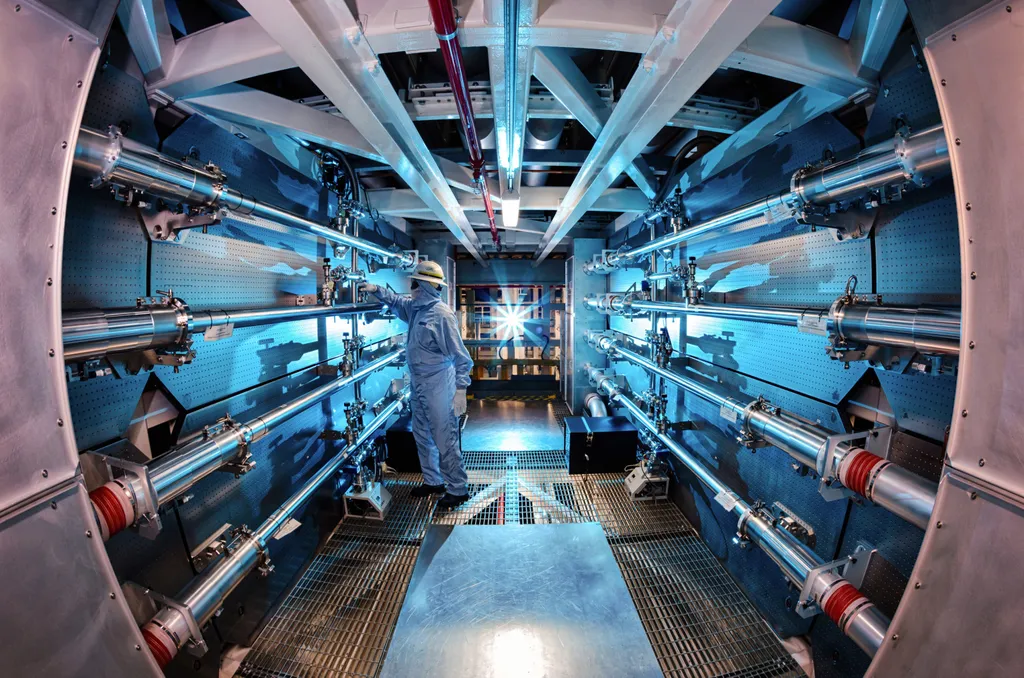In a significant stride towards advancing non-invasive imaging and detection technologies, researchers have developed a novel ceramic material that could revolutionize the way we harness and utilize near-infrared (NIR) light. This breakthrough, published in the journal *InfoMat* (translated to English as *Information Materials*), opens up new possibilities for high-power, broadband NIR light sources, with profound implications for the energy sector and beyond.
The study, led by Gaochao Liu from the State Key Laboratory of Luminescent Materials and Devices at South China University of Technology, introduces MgAl2O4:Cr3+ translucent ceramics. These ceramics exhibit a remarkable redshift in emission, shifting from 686 to 928 nanometers, due to changes in the local structural symmetry around the isolated Cr3+ ions. This shift is induced by the abundant cation vacancies within the material.
“By tuning the Cr3+ content, we were able to optimize the external quantum efficiency to 73%,” Liu explains. “This results in a broadband NIR emission centered at 890 nanometers with a full-width at half-maximum of 315 nanometers under 450-nanometer excitation.” This level of efficiency and broad emission spectrum is a game-changer for developing high-power, laser-driven light sources.
The implications for the energy sector are substantial. The next-generation laser-driven light source developed using these ceramics can provide an output power exceeding 2 watts and a light conversion efficiency of 22% when pumped with a blue laser of 10 watts per square millimeter. “This technology can significantly enhance the performance of non-invasive imaging and detection systems,” Liu notes, highlighting the potential for applications in medical diagnostics, environmental monitoring, and industrial inspections.
The proof-of-concept demonstrations in imaging and detection reveal the advantages of high-power and high-efficiency laser-driven broadband NIR light sources. This research not only promotes future development in the chemical design of NIR emitters but also paves the way for more efficient and powerful light sources in various industries.
As we look to the future, the potential for this technology to shape the energy sector is immense. The ability to harness and convert light more efficiently could lead to advancements in solar energy, optical communications, and even quantum computing. The work of Liu and his team represents a significant step forward in the field of luminescent materials, offering a glimpse into a future where high-power, broadband NIR light sources are the norm rather than the exception.
In the words of Liu, “This research is just the beginning. The possibilities are endless, and we are excited to see how this technology will evolve and impact various industries.” With the publication of this study in *InfoMat*, the scientific community is one step closer to unlocking the full potential of NIR light sources, heralding a new era of innovation and discovery.

